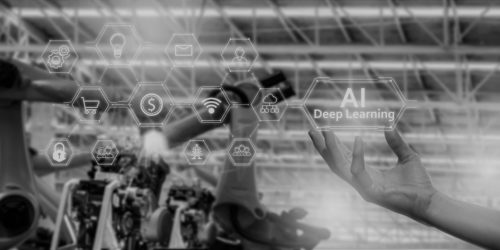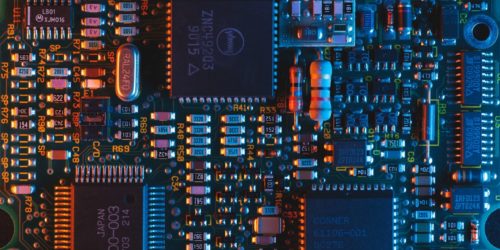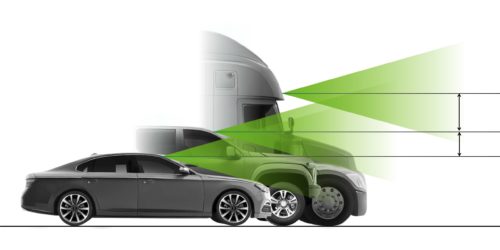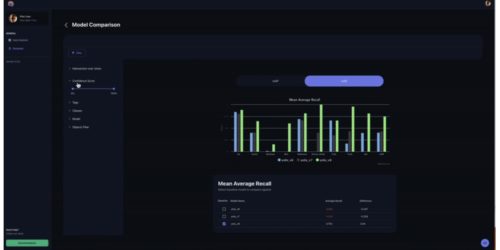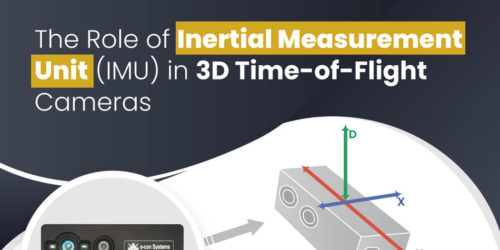Deep Learning Models Which Pay Attention (Part I)
This blog post was originally published at Digica’s website. It is reprinted here with the permission of Digica. The attention mechanism made big changes in deep learning. Thanks to this, models can achieve better results. This mechanism was also the inspiration for perceivers and also transformer neural networks . And transformers led to the development […]
Deep Learning Models Which Pay Attention (Part I) Read More +

